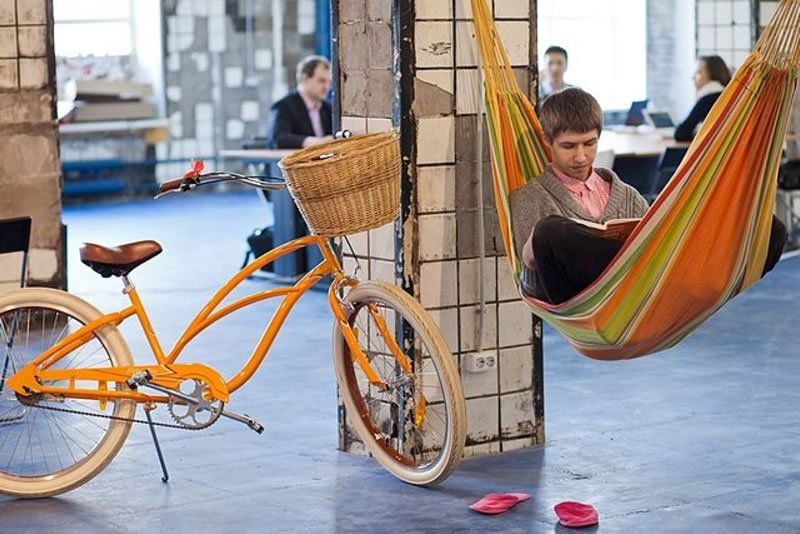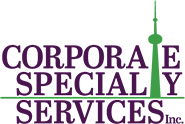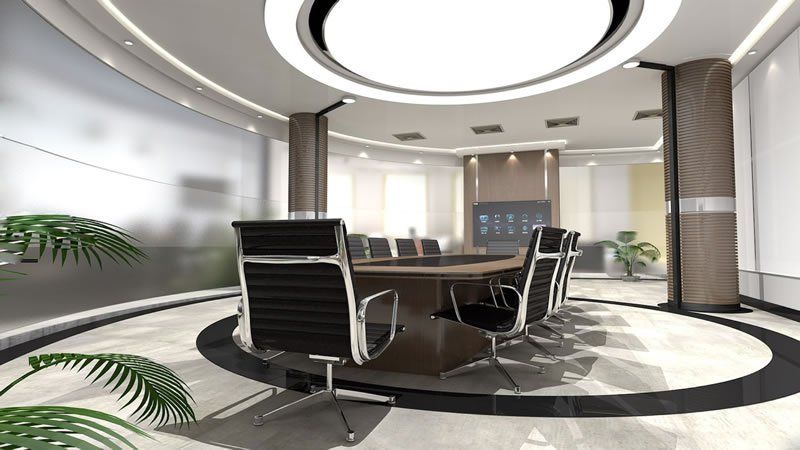How to Keep it Clean in the Social Collaborative Office
- By Steve Martin
- •
- 03 Feb, 2017

Collaborative offices are quickly becoming the new norm of office life. An ever younger workforce with different life and educational experiences are part of this radical shift in office design. Another factor leaning businesses to this design model is the ever increasing cost of office facilities. In 2015, Toronto’s financial district had the highest office rental rates
in the country with an average rent of $68.19 per square foot. This collaborative office design has both advantages and disadvantages for employees.
Think of the collaborative office as an open concept design. Employees have the ability to move in an environment that suits their needs for daily tasks. It allows team members to meet informally to exchange ideas. In the collaborative design, workers meet many more office employees throughout their day. They are much more likely to meet others who are outside of their immediate department. In this way, individuals with different expertise get together leading to sharing of unique ideas and often new ways of solving problems.
So, there are many advantages to this collaborative model of office life. However, there are some disadvantages also. Typically, in the collaborative design, individuals do not have their own office space or desk. Work stations are set up and are utilized on a first come, first serve basis. Office space per employee is much smaller. What does this mean for the individual?
Because equipment and workspaces are shared more diligence is required in cleaning and sanitizing desks, phones, keyboards, work surfaces, eating areas, stair handrails which are all key germ transfer points. Some cleaning practices are standard no matter the office design. Removal of soil and pollutants improves air quality and reduces bacterial and viral load.
All facility designs require:
As well, sanitizing of workspaces can be made much easier if sanitizing wipes are provided at each station for employees to wipe down their own station before and after work.
Facility managers will need to be vigilant in developing policies with employees and creating a plan with their professional cleaning company which will effectively manage the collaborative office. It may require changes in cleaning frequency including daily custodial shifts and changes in cleaning equipment to improve health, safety and appearance of collaborative offices. Your bottom line is affected by not only employee health but also the facility health. Money can be saved with a collaborative office plan and productivity and creativity can be improved if the process of change is implemented properly. As always, working with the right professional cleaning company is key to maintaining facility health and safety.
Think of the collaborative office as an open concept design. Employees have the ability to move in an environment that suits their needs for daily tasks. It allows team members to meet informally to exchange ideas. In the collaborative design, workers meet many more office employees throughout their day. They are much more likely to meet others who are outside of their immediate department. In this way, individuals with different expertise get together leading to sharing of unique ideas and often new ways of solving problems.
So, there are many advantages to this collaborative model of office life. However, there are some disadvantages also. Typically, in the collaborative design, individuals do not have their own office space or desk. Work stations are set up and are utilized on a first come, first serve basis. Office space per employee is much smaller. What does this mean for the individual?
- At the end of each day or work session all papers and materials must be removed and carried with the worker. Thus, it is harder or impossible to personalize your own workspace.
- Workers feel less motivated as without their own desk they don’t feel valued by the company.
- Employees must get used to new routines of removing their own garbage and leaving the space as it was found. Conversely, they may have to deal with prior users who leave the space in less than desirable condition.
- The wrong type of chair can lead to injury, mixing germs on the phone can lead to illness, and more.
- Office employees must learn to work in higher density conditions.
- Higher density working conditions and sharing of workstations means more contact and potentially easier spread of illness throughout the office.
Because equipment and workspaces are shared more diligence is required in cleaning and sanitizing desks, phones, keyboards, work surfaces, eating areas, stair handrails which are all key germ transfer points. Some cleaning practices are standard no matter the office design. Removal of soil and pollutants improves air quality and reduces bacterial and viral load.
All facility designs require:
- The maintenance and regular vacuuming of carpets
- Annual or biannual deep-cleaning of upholstery
- The cleaning of high-touch surfaces
- Sanitizing of work areas
- Centralized waste diversion
As well, sanitizing of workspaces can be made much easier if sanitizing wipes are provided at each station for employees to wipe down their own station before and after work.
Facility managers will need to be vigilant in developing policies with employees and creating a plan with their professional cleaning company which will effectively manage the collaborative office. It may require changes in cleaning frequency including daily custodial shifts and changes in cleaning equipment to improve health, safety and appearance of collaborative offices. Your bottom line is affected by not only employee health but also the facility health. Money can be saved with a collaborative office plan and productivity and creativity can be improved if the process of change is implemented properly. As always, working with the right professional cleaning company is key to maintaining facility health and safety.


